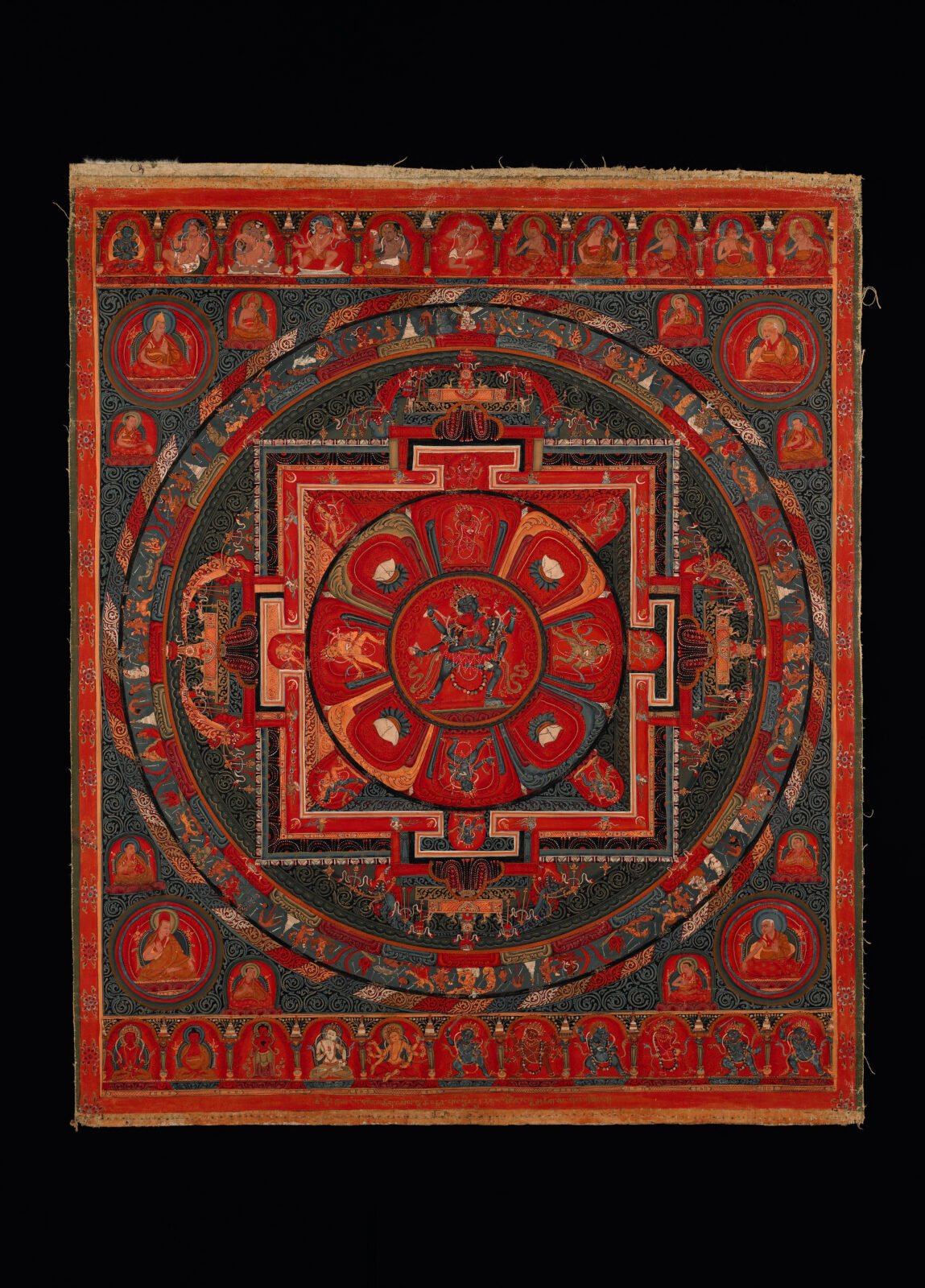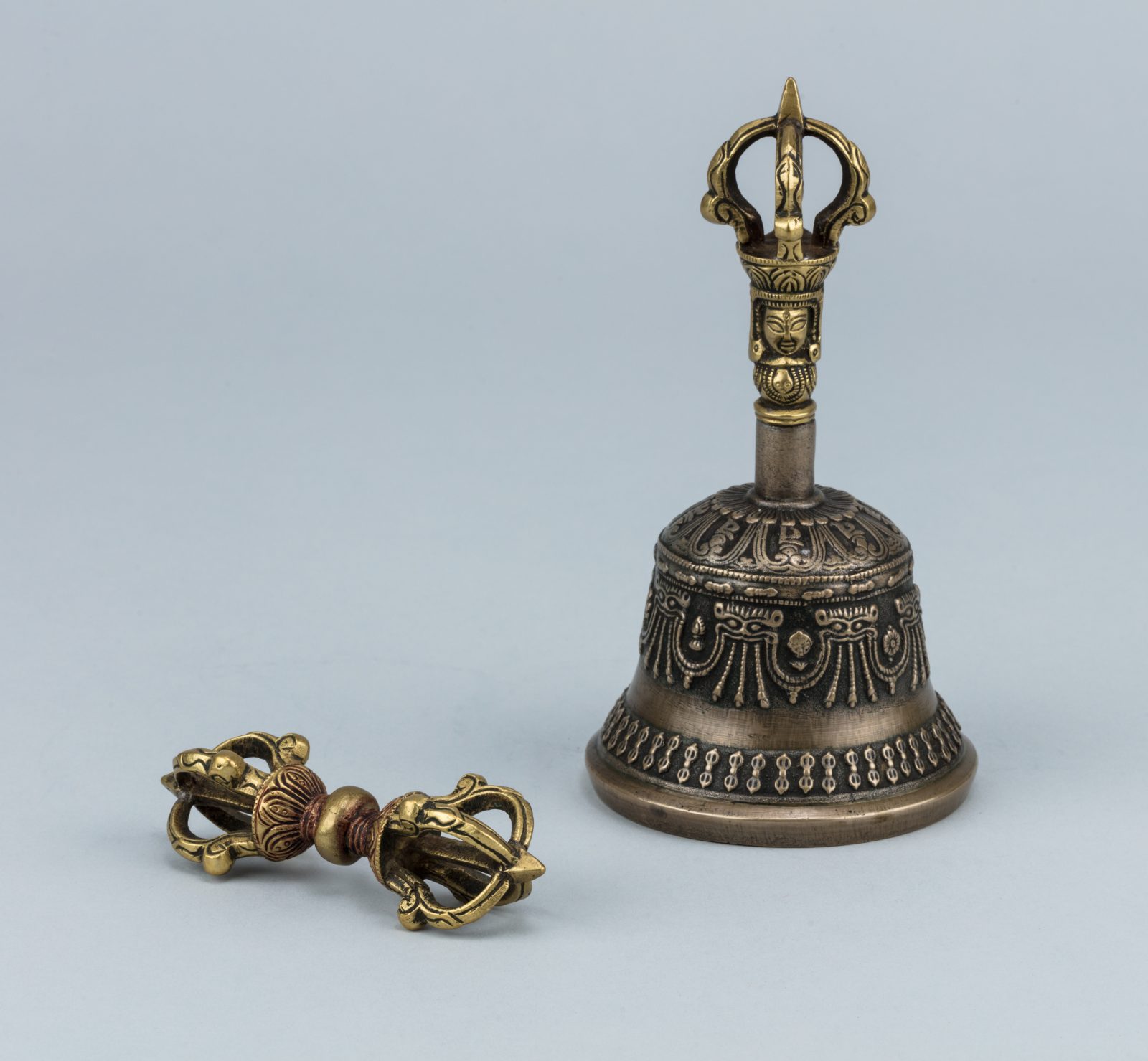Sometimes we find ourselves overly concerned with feelings about the past or anxieties about the future. At the Rubin’s weekly Mindfulness Meditation sessions, expert teachers draw inspiration from the art in the Rubin’s collection to illustrate lessons on mindfulness, which can help calm an anxious mind and reframe the present moment. If you’re struggling with anxiety, or you’re in need of some insight, check out three lessons we’ve learned from Mindfulness Meditation guides at the Rubin.

Mandala of Chakrasamvara and Vajrayogini; Ngor Ewam Choden Monastery, Tsang Province, Central Tibet; ca. 1505-1514; Pigments on cloth; Rubin Museum of Art C2001.9.1




